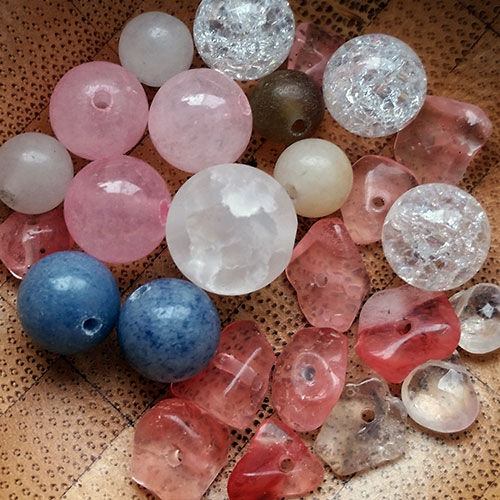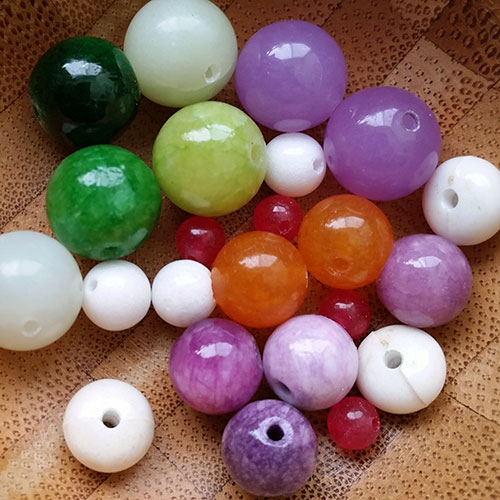“Quartz” and “quartzite” are sometimes used interchangeably to describe a vast group of beautiful semiprecious stones used in making jewelry, but these are two different stones. Let’s see what the difference is, shell we?
Quartzite consists largely or entirely of quartz, but the two are not the same even though these terms are often used interchangeably.
The main component of quartz is silica or silicon dioxide, the main component of sandstone and other rocks.

Quartzite is created when sandstone is subjected to extreme heat and pressure caused in the earth crust. Quartz is not turned into other minerals if the sandstone is relatively pure but is recrystallized during this process. The result is a very strong and durable natural stone. Some quartzites are still similar to sandstones in appearance, others are recrystallized to the point where the original texture completely disappears.

Quartz comes in many natural colors; it can be opaque or translucent. Clear quartz is the most common color followed by white or cloudy quartz. Rose and smokey quartz are common too.
Natural quartzite comes in snowy white or gray color. It also can be of light pink, red, purple, yellow, orange, blue, or green colors that that are defined by impurities present in the stone. Bright colors that you often see in quartzite beads can only be produced by dyeing the natural stones.
